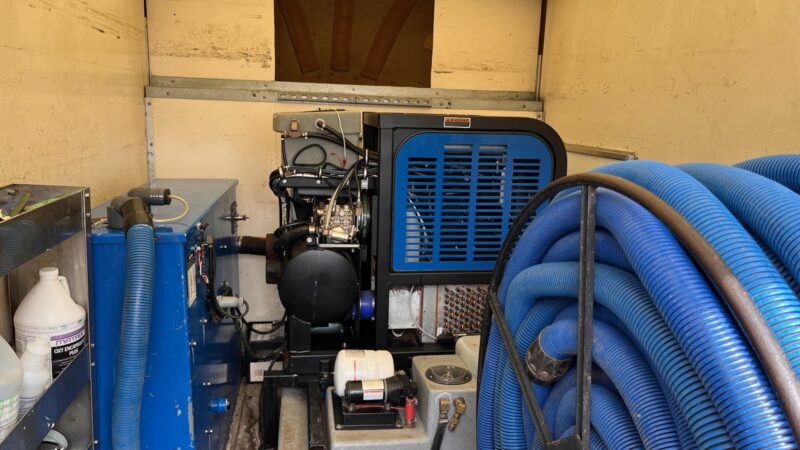Top 10 Factors That Affect Your Home Insurance Premiums: Insights from Home Insurance Companies

When it comes to protecting your home, having the right insurance coverage is essential. Home insurance companies take several factors into account when determining the cost of your premiums. Understanding these factors can help you make informed decisions and potentially lower your insurance costs. In this blog, we will explore the top 10 factors that influence your home insurance premiums.
1. Location, Location, Location
The location of your home plays a significant role in determining your home insurance premiums. Home insurance companies consider factors such as the crime rate, proximity to fire stations, and susceptibility to natural disasters like floods, earthquakes, and hurricanes.
Key Points:
- Crime Rate: Homes in areas with higher crime rates may face higher premiums due to the increased risk of theft and vandalism.
- Natural Disasters: If your home is located in a region prone to natural disasters, you may need additional coverage, which can raise your premiums.
- Fire Services: Proximity to fire stations and hydrants can lower premiums as it reduces the risk of extensive fire damage.
2. Home Value and Replacement Cost
The value of your home and the cost to rebuild it in case of a total loss significantly impact your insurance premiums. Home insurance companies assess the current market value of your home and the cost of materials and labor needed for rebuilding.
Key Points:
- Market Value: Higher-value homes typically have higher premiums due to the increased cost of repairs or replacement.
- Replacement Cost: Insurers calculate the replacement cost, which includes materials, labor, and compliance with current building codes. This figure is crucial in determining your coverage needs and premiums.
3. Age and Condition of the Home
The age and condition of your home are crucial factors for home insurance companies when assessing risk. Older homes may have outdated systems and materials that increase the likelihood of damage.
Key Points:
- Older Homes: Homes with outdated electrical, plumbing, and heating systems are at a higher risk of issues, leading to higher premiums.
- Renovations: Recent renovations or upgrades to major systems can lower premiums by reducing the risk of damage and increasing the home’s value.
- Maintenance: Well-maintained homes are less likely to suffer from preventable issues, which can lead to lower premiums.
4. Home Security Features
Home insurance companies often offer discounts for homes equipped with security features that reduce the risk of theft, vandalism, and other damages.
Key Points:
- Security Systems: Installing monitored security systems, cameras, and alarms can lower your premiums by deterring criminal activity.
- Smoke and Carbon Monoxide Detectors: Homes with these detectors can receive discounts as they help prevent fire and health hazards.
- Deadbolt Locks: Enhanced locking mechanisms on doors and windows can also contribute to lower premiums.
5. Claims History
Your personal claims history, as well as the claims history of the property, can influence your home insurance premiums. Home insurance companies view a history of frequent claims as an indicator of higher risk.
Key Points:
- Frequency of Claims: Homeowners who have filed multiple claims may face higher premiums as they are perceived as higher risk.
- Type of Claims: Certain types of claims, such as water damage or liability claims, can have a more significant impact on premiums.
- Property Claims History: If the property has a history of claims, it could affect your premiums, even if you weren’t the owner at the time.
6. Deductible Amount
The deductible is the amount you pay out of pocket before your insurance coverage kicks in. Home insurance companies offer lower premiums for policies with higher deductibles.
Key Points:
- Higher Deductibles: Opting for a higher deductible can lower your premiums, but it means you’ll pay more out of pocket in the event of a claim.
- Lower Deductibles: Policies with lower deductibles have higher premiums but reduce the financial burden in case of a claim.
7. Home Construction Materials
The materials used in the construction of your home can affect its durability and resistance to damage, which in turn influences your insurance premiums.
Key Points:
- Fire-Resistant Materials: Homes built with fire-resistant materials like brick or stone may have lower premiums due to reduced fire risk.
- Weather-Resistant Materials: Materials that withstand harsh weather conditions, such as impact-resistant roofing, can also lead to lower premiums.
- Eco-Friendly Materials: Some insurers offer discounts for homes built with sustainable or energy-efficient materials.
8. Coverage Amount and Policy Limits
The amount of coverage you choose and the limits on your policy directly affect your home insurance premiums. Home insurance companies offer various levels of coverage, each with its own pricing structure.
Key Points:
- Standard Coverage: Basic policies cover the dwelling, personal property, liability, and additional living expenses. Higher coverage limits increase premiums.
- Extended Coverage: Additional endorsements or riders for items like jewelry, electronics, or home business equipment add to your premiums.
- Umbrella Policies: For broader protection, umbrella policies provide extra liability coverage, impacting overall costs.
9. Home Occupancy and Use
How you use and occupy your home can influence your insurance premiums. Home insurance companies consider whether the home is a primary residence, rental property, or vacation home.
Key Points:
- Primary Residence: Homes that are occupied year-round by the owner typically have lower premiums compared to secondary homes.
- Rental Properties: Insuring rental properties or homes used for short-term rentals often results in higher premiums due to increased liability risks.
- Vacation Homes: Seasonal or vacation homes may have higher premiums as they are often unoccupied for extended periods, increasing the risk of undetected damage.
10. Personal Factors and Discounts
Personal factors, such as your credit score, marital status, and eligibility for discounts, can also impact your home insurance premiums.
Key Points:
- Credit Score: Many home insurance companies use credit scores as an indicator of risk. A higher credit score can result in lower premiums.
- Marital Status: Married homeowners often receive lower premiums due to perceived stability and lower risk.
- Discounts: Insurers offer various discounts, such as multi-policy discounts (bundling home and auto insurance), loyalty discounts, and discounts for senior citizens or military members.
Understanding the factors that affect your home insurance premiums can help you make informed decisions when choosing coverage and potentially save money. Home insurance companies consider a wide range of variables, from the location and value of your home to your claims history and personal factors. By taking proactive steps, such as installing security features, maintaining your home, and opting for higher deductibles, you can influence your premiums and ensure you have the right protection for your property.
Ultimately, working with knowledgeable home insurance companies can provide you with tailored advice and coverage options to suit your needs. Whether you’re a new homeowner or looking to update your existing policy, being aware of these factors will help you navigate the complex world of home insurance and secure the best possible rates.




